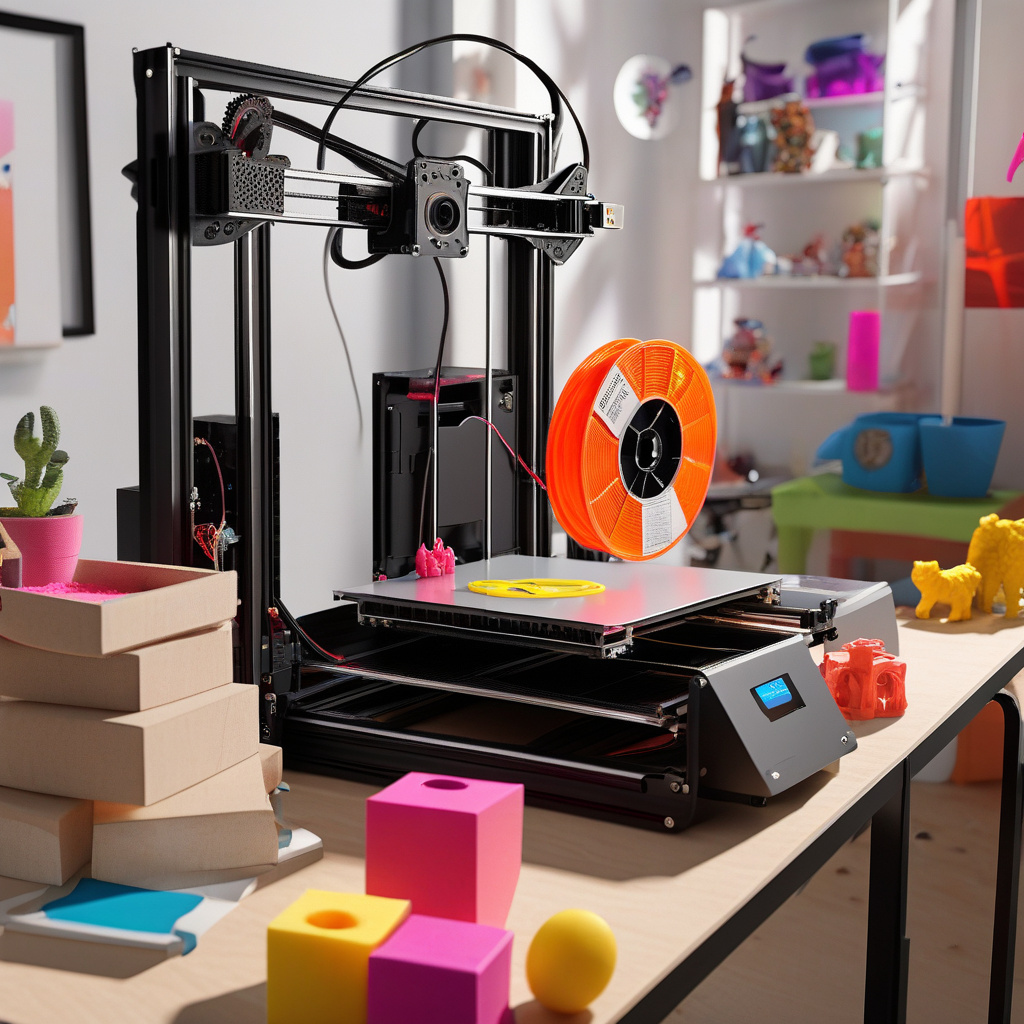Entry-Level 3D Printers Propel Market Growth Amid High-End Decline
The global 3D printer market has experienced a notable 5% growth in the first quarter of 2025. This growth has been primarily fueled by a remarkable 22% surge in entry-level 3D printer sales. In contrast, the high-end segments of the market have faced a decline, coupled with a sense of uncertainty. This shift in market dynamics indicates a significant trend that is reshaping the landscape of the 3D printing industry.
One of the key driving factors behind the surge in entry-level 3D printer sales can be attributed to the prevailing tariff fears. As global trade tensions continue to create uncertainty and fluctuation in prices, businesses and consumers alike are turning towards more cost-effective solutions. Entry-level 3D printers offer an accessible and budget-friendly option for those looking to harness the power of 3D printing technology without breaking the bank. This affordability factor has played a pivotal role in driving the demand for entry-level 3D printers and subsequently boosting market growth.
Moreover, the rapid advancements in entry-level 3D printing technology have also contributed to their increasing popularity. These printers are no longer seen as just entry-level tools but are capable of delivering high-quality prints with precision and efficiency. As a result, businesses and hobbyists are recognizing the value proposition offered by these entry-level devices, further spurring their adoption and sales.
On the other hand, the high-end segments of the 3D printer market have faced challenges that have led to a decline in sales. The uncertain economic landscape, coupled with the impact of tariffs, has made high-end 3D printers less appealing to consumers and businesses. The higher price points of these printers have become a deterrent for many prospective buyers who are looking to optimize costs and maximize value.
Furthermore, the entry-level 3D printers have democratized the technology, making it more accessible to a wider audience. Small businesses, educational institutions, and individual creators are now able to leverage 3D printing technology to bring their ideas to life without a significant upfront investment. This democratization of 3D printing has opened up new opportunities and applications across various industries, driving further growth in the market.
In conclusion, the recent surge in entry-level 3D printer sales has been a driving force behind the overall growth of the global 3D printer market in the first quarter of 2025. The affordability, improved technology, and democratization of 3D printing have collectively contributed to the rising demand for entry-level printers. As high-end segments face challenges and uncertainties, entry-level printers are filling the gap and reshaping the industry landscape. Moving forward, it will be crucial for 3D printer manufacturers to continue innovating and catering to the evolving needs of consumers and businesses to sustain this growth momentum.
#3Dprinting, #MarketGrowth, #EntryLevelPrinters, #TechnologyTrends, #GlobalTrade
